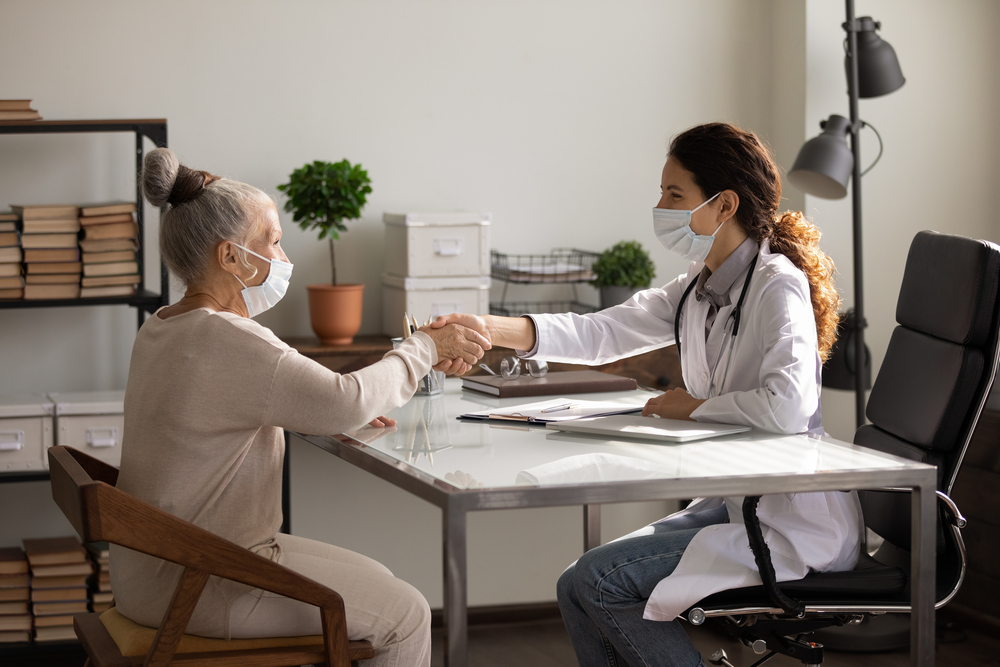If you are sexually active, the best thing you can do for your overall health is to receive STD/STI testing in Lebanon, Oregon. Men and women can get an STDs (sexually transmitted disease) or an STIs (sexually transmitted infection) from various sexual encounters. These encounters can include having vaginal, anal, or oral sex with an individual who already has an STD or STI.
According to the CDC , the rate at which young people (15-24) are contracting STDs and STIs has been steadily growing. For example, young people (15-24) represent just under 25% of the total sexually active population but account for more than 50% of the new STD and STI cases every year. Learn how to prioritize your sexual health by getting tested and understanding how to prevent STDs/STIs at Obria.
This growing problem of STDs and STIs is amplified by the fact that many women infected with STDs like chlamydia and gonorrhea do not show any symptoms. Therefore, they are unknowingly spreading STDs to new sexual partners. It is for the above reason why the CDC highly recommends that pregnant women, women who have new sexual partners, sexually active women younger than 25, and women who have multiple sex partners get tested at least once a year.
If you are concerned that you may have contracted an STD or STI, we are here to help at Obria Medical Clinics. We provide a judgment-free and compassionate atmosphere. We can provide STD testing for most STDs as well as STIs. We can also discuss the next steps and treatment options based on the results of your STD test. If you need STD testing in Lebanon, OR, please reach out to us and let us provide you with guidance and understanding.
We Are Here to Help
STDs are not something that shouldn’t be taken lightly. If you think that you may have an STD or STI please do not hesitate in visiting our office.


Some Common STDs & STIs and the Best Way to Receive Treatment
Information is king. We believe above anything else that understanding STDs and STIs and how they can spread and affect your health is the best weapon to stop and prevent them. Here are some of the more common STDs and STIs you will encounter. We will also share with you the best ways to prevent, detect, and treat STDs and STIs
Genital Herpes
One of the most common STDs in America today is genital herpes. The herpes simplex virus or HSV causes genital herpes. In most cases, genital herpes will lay dormant most of the time in women. Women will often experience flare-ups a couple of times a year. These flare-ups can include sores, scabs, pain, ulcers, and itching in your genital area.
Unfortunately, as of 2021, there is no cure for genital herpes. However, with the right medication, you can manage the symptoms associated with genital herpes. Furthermore, current herpes medication cannot prevent the spread of the STD. For this reason, receiving STD testing regularly is vital in preventing the spread of herpes.
Chlamydia
A common STI is chlamydia. Chlamydia mainly affects younger sexually active women but can also affect men. Additionally, Chlamydia is caused by bacteria and can be contracted through vaginal, oral, or anal sex.
Unfortunately, chlamydia can be hard to detect because it may never show symptoms for women. In fact, most people do not know they have anything wrong with them until they get tested for chlamydia.
If you show symptoms of Chlamydia, you will often experience painful urination, vaginal discharge, painful intercourse for women, and vaginal bleeding after sex. All these symptoms can vary in frequency and severity.
The good news is once chlamydia is detected, it is straightforward to treat. In most cases, chlamydia can be treated using a strong anti-biotic.
HIV/AIDS
One of the deadliest STIs is HIV/AIDS. HIV or human immunodeficiency virus is an STI that originates from a virus. HIV attacks the immune system of a healthy individual. Those with HIV have difficulty fighting off common illnesses and viruses like the flu and common cold.
If left untreated, HIV can develop into AIDs or acquired immunodeficiency syndrome. HIV develops into AIDS once the virus has done enough damage to the body. Once a person develops AIDS, there is no cure. Although, in recent years, there has been significant progress in developing drugs that stop the HIV/AIDS virus from being spread during sexual intercourse.
Syphilis
One of the more severe STDs is Syphilis. While Syphilis can be spread from person to person from contact with an open wound, the most common form of transfer is through sexual intercourse, anal sex, or oral sex.
Unlike other STDs, there are four stages of syphilis. These four stages will vary from person to person based on if they are receiving treatment for syphilis and the symptoms they are experiencing. Here are the four stages of syphilis and what to look for in each stage.
-
- 1. Primary: The primary phase of syphilis begins to show after three weeks of the initial infection. A sore, often called a chancre, will appear at the spot where the bacteria first entered the body. Usually, the person will experience no pain from the chancre, which may cause it to be unnoticed. The chancre will heal itself three to six weeks after first appearing. This may lead some to believe that the issue has resolved itself, but this is not true.
-
- 2. Secondary: After you experience the primary phase of syphilis, you will then move on to the secondary. During the secondary phase, the infected individual will develop a rash. The rash can cover anything from the genitals to the entire body. An infected individual may also experience wart-like sores in the mouth or genitals. The secondary phase can last from a couple of weeks to several months.
-
- 3. Latent: At this point, if an individual has yet to be treated for syphilis, the disease becomes dormant and may even remain this way for years after initial contact. Once in the latent phase, nearly all symptoms may stop and, in some cases, may never return. However, it is essential to remember that the STD is not gone and may continue to develop over time.
- 4. Tertiary: The Tertiary phase of syphilis is the phase most likely to cause medical complications and even death. Only about 25% of those exposed to syphilis will reach the Tertiary phase. It may take years to enter the Tertiary phase, and when someone does, they can experience heart, eyes, lung, and bone damage.
Syphilis provides a perfect example of why it is so important to receive STD testing as often as possible. Here at Obria Medical Clinics, our biggest goal is to provide vital medical guidance and support for anyone seeking help. We are not here to judge. If you are interested in receiving STD testing in Lebanon, OR, we encourage you to contact us today.
We Are Here to Help
STDs are not something that shouldn’t be taken lightly. If you think that you may have an STD or STI please do not hesitate in visiting our office.
